
By
McKayl Barrows
They say the secret to success is learning from those before you. We wanted to know what makes for a thriving UX career, so we turned to our 2024 ConveyUX speakers for the inside scoop.
What advice do you have for emerging UX leaders?
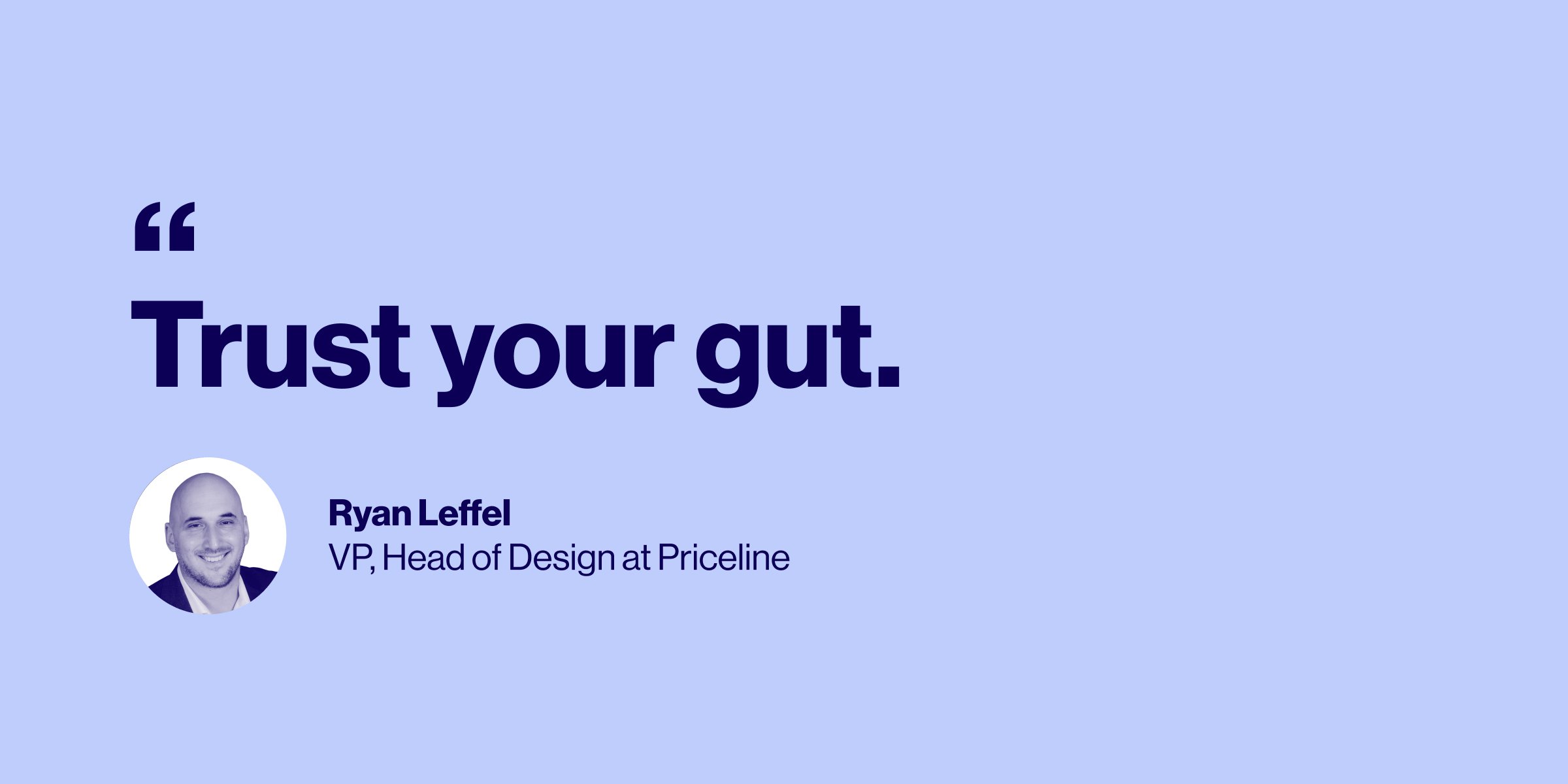
"Trust your gut, trust your instincts; don't be afraid to take risks. You hear a lot of people say that, but the thing is, it's perfectly okay to fail. It's how you respond to failure and what you learn from it. So, don't let the fear of the unknown hold you back from trying something different."
—Ryan Leffel, VP, Head of Design at Priceline
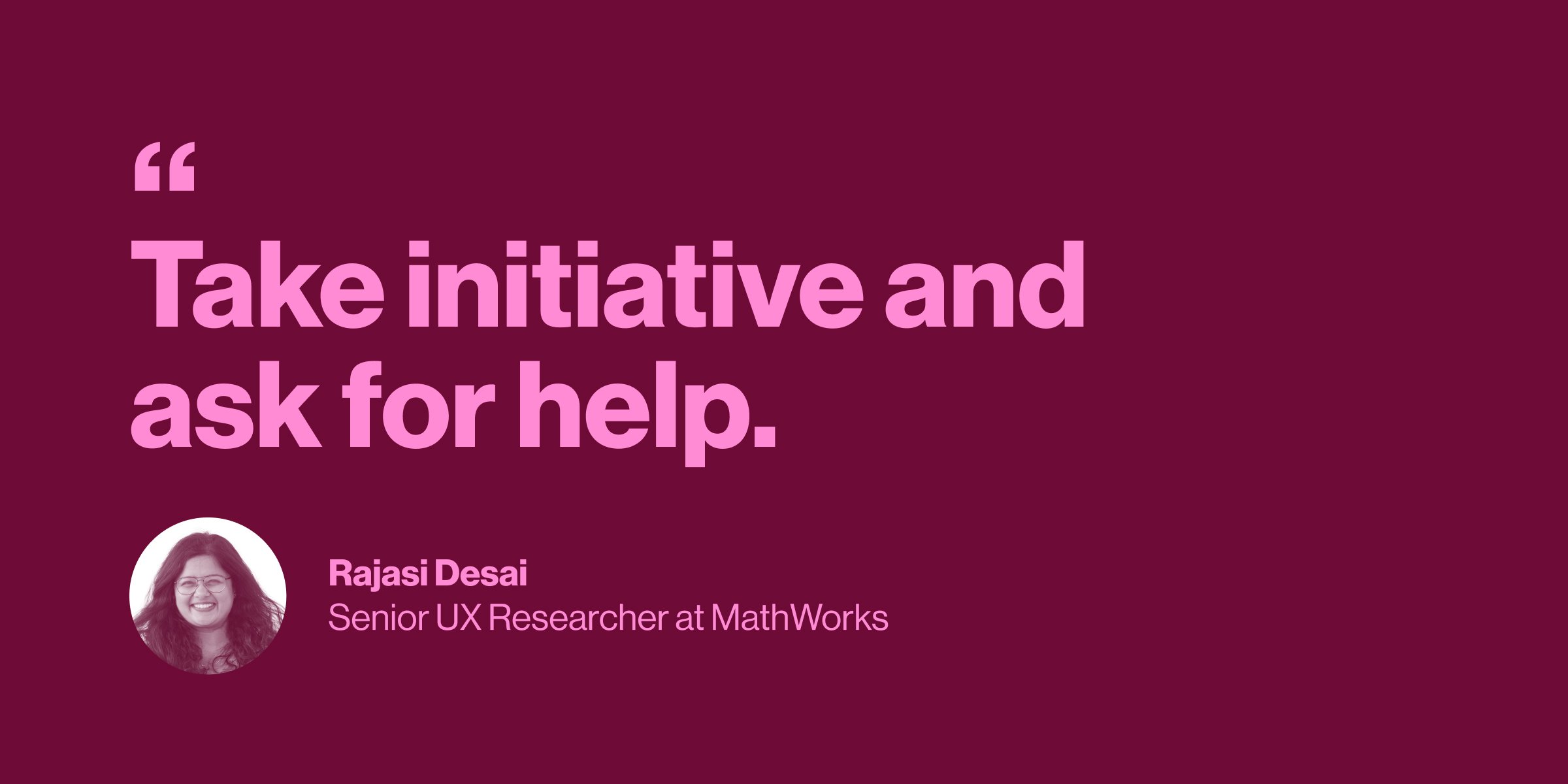
“Don’t hesitate to take initiative and ask for help. Even folks new to an organization can have an impact, and that's one thing I wish I had known sooner. I held back the first few months at a new company, thinking someone more experienced would come in and lead the inclusive UX effort. With the right support, even early career professionals can lead company-wide initiatives.”
—Rajasi Desai, Senior UX Researcher at MathWorks
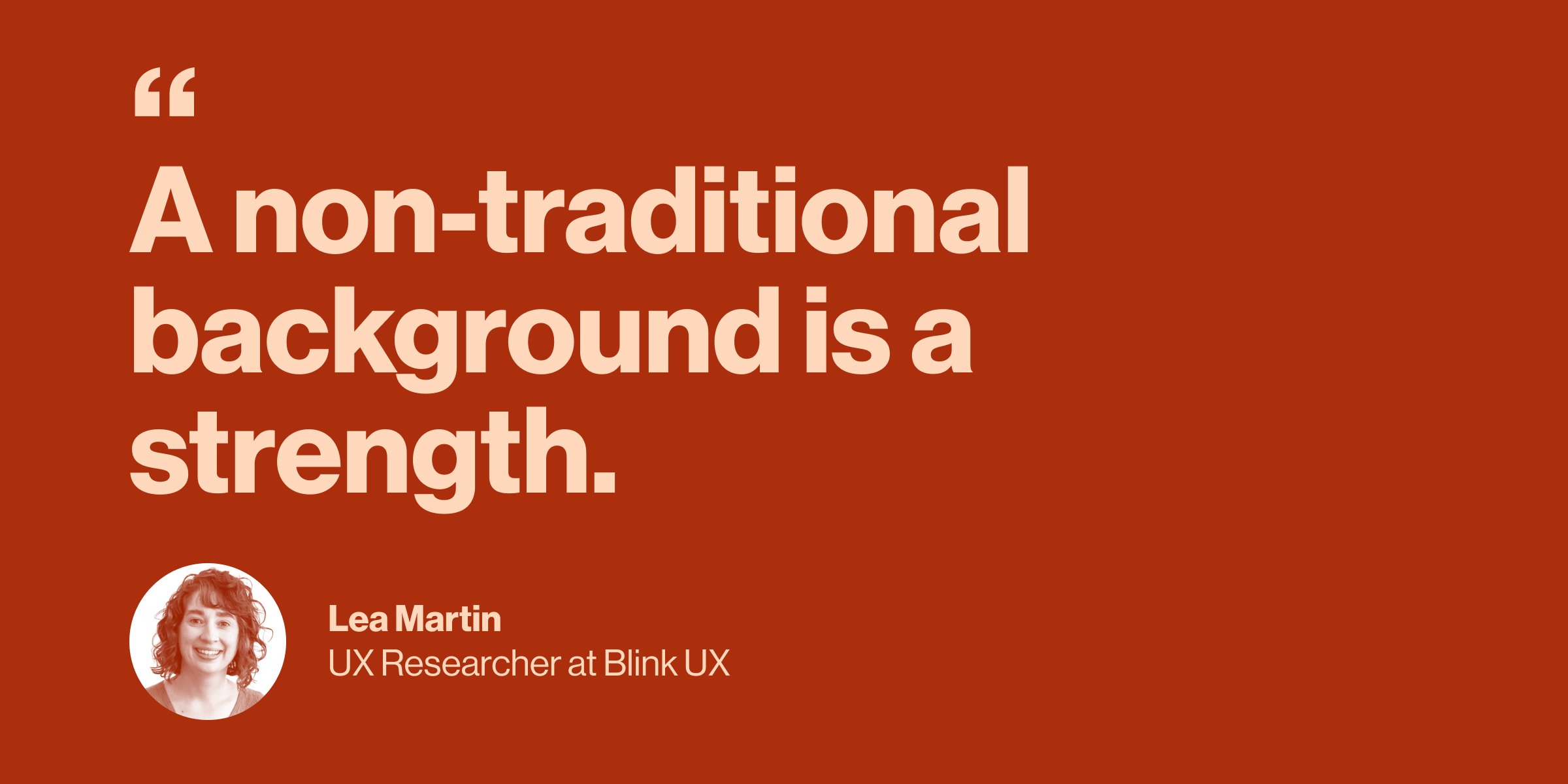
“Know that having a non-traditional UX background or being a non-traditional learner is a strength. It gives you a unique perspective to see things others do not.”
—Lea Martin, UX Researcher at Blink UX

“There’s no one right path. There’s no cookie-cutter method. Follow your passion. That passion will turn into a roadmap, and then you can look back and reflect and say, ‘Hey, I did this. That brought me to this connection point, which taught me this, then brought me here.’ If you're passionate about it and you're willing to learn and invest, you'll be successful. Just trust the process.”
—Kaiden Anderson, Lead Product Manager at Nike

“Don't get distracted by the tech. It's always about the user. It's easy to say, ‘I want to do something with ChatGPT,’ for instance, but what are you doing for the user? Keep the user at the center, and you'll go where you need to.”
—Simonie Wilson, UX Design Manager, Conversation Design at Allstate
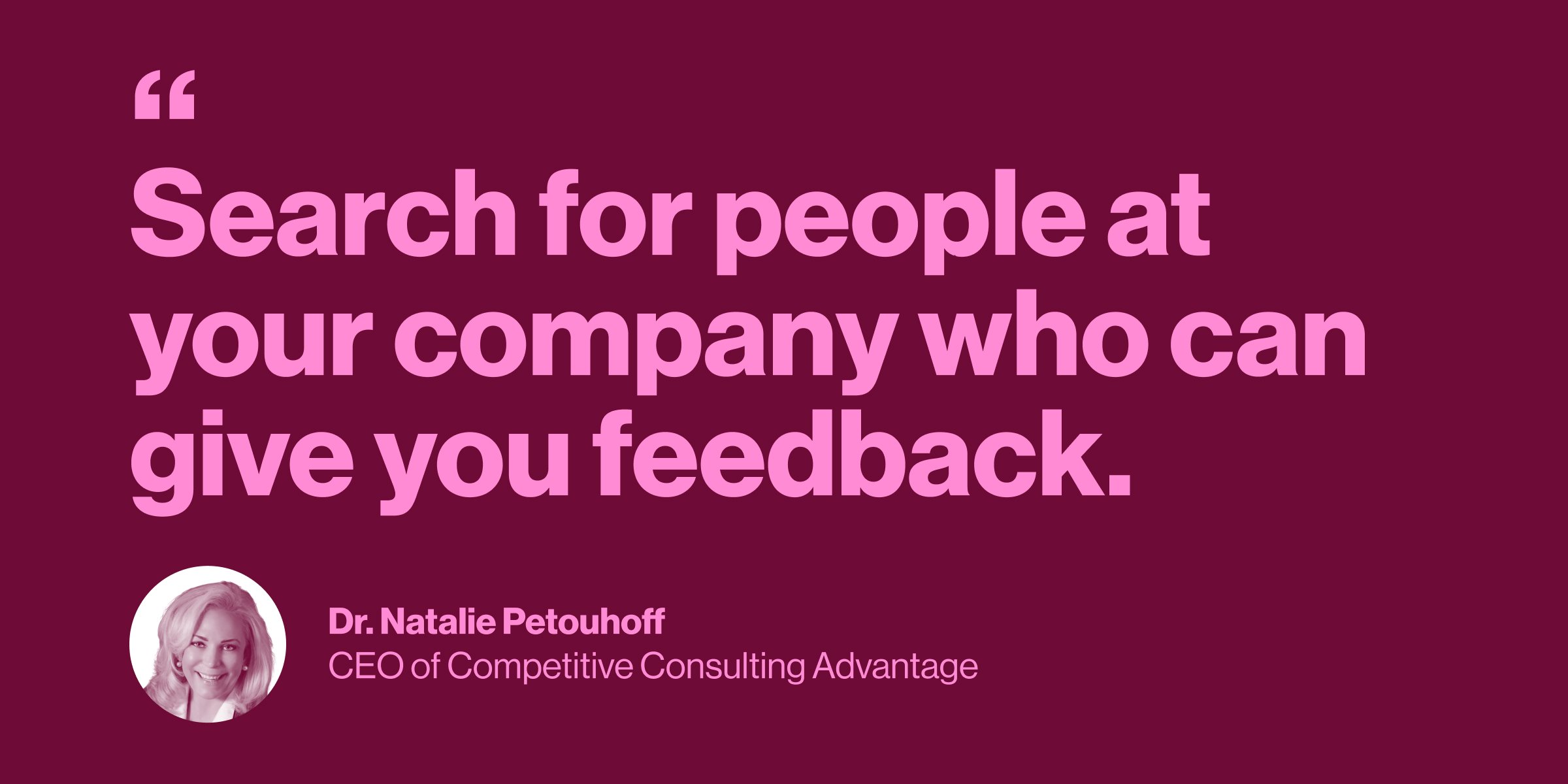
“Search for people at your company who can mentor and give you feedback. Look for people with different experience levels and disciplines to get diverse opinions. If you're in engineering, ask somebody in marketing; if you're in customer service, ask somebody in engineering. If you can get your own little 'board of directors' who regularly give you feedback, that’s priceless.”
—Dr. Natalie Petouhoff, CEO of Competitive Consulting Advantage
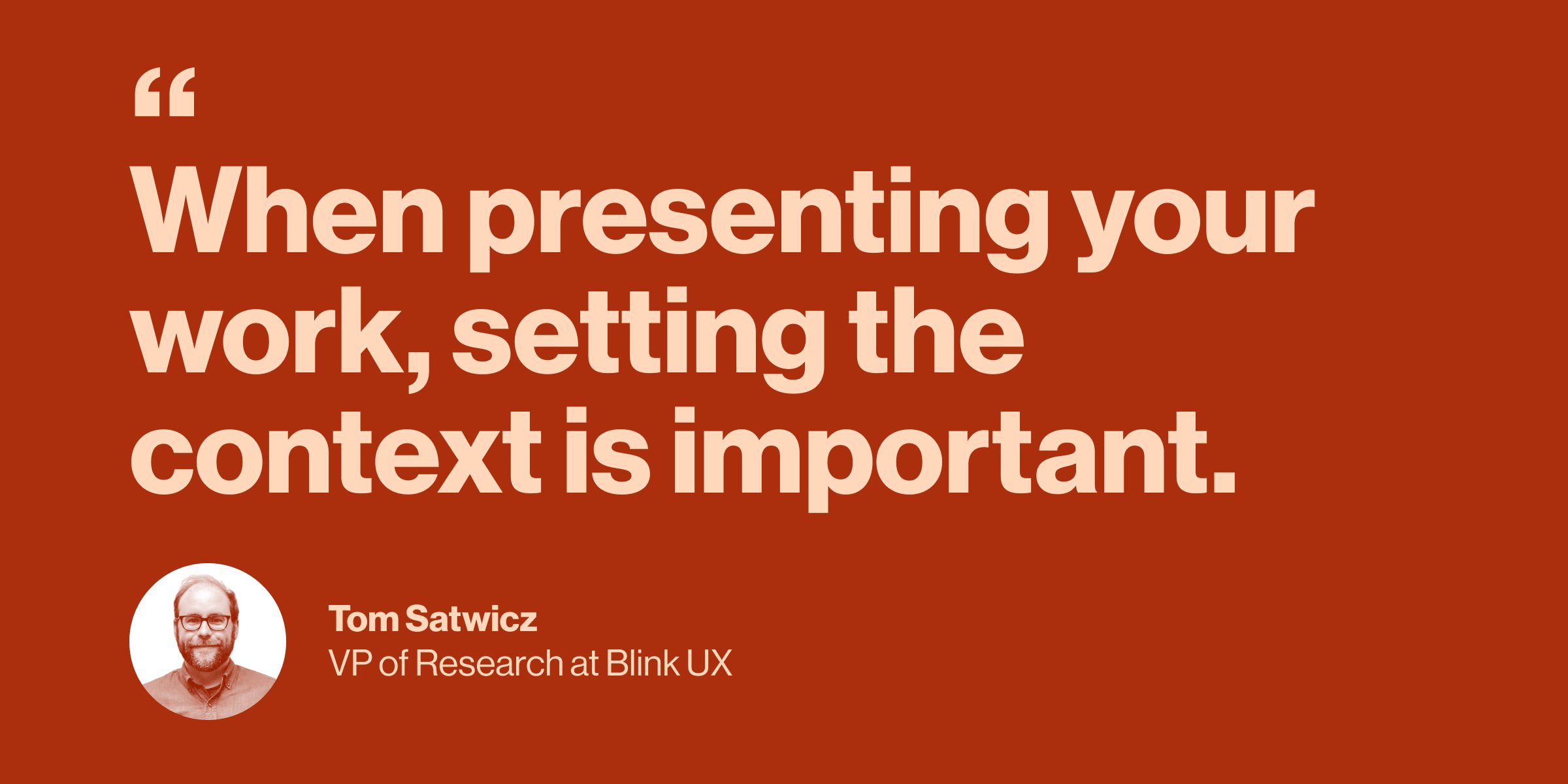
“When presenting your work, setting the context at an appropriate level is important. Consider that some of your colleagues may lack familiarity with the subject or even the concept of UX research—they might have been scheduled for the meeting without prior knowledge. Providing a summary of your study and its purpose can really help them get the most out of the research.”
—Tom Satwicz, VP of Research at Blink UX
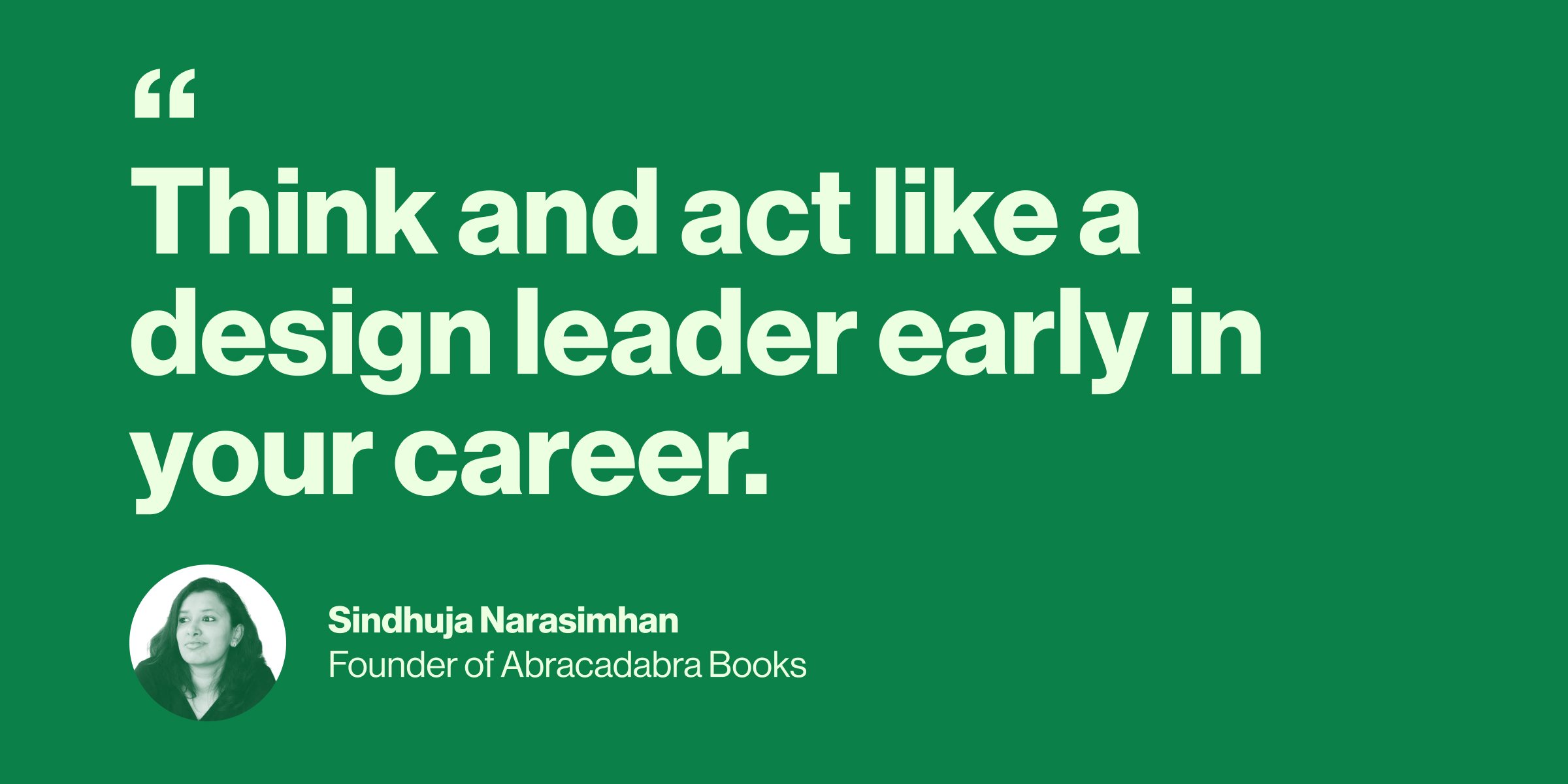
“When you’re a junior designer, you’re focused on the craft — pushing pixels, making sure you’re great at Figma, and understanding color theory and design concepts. Those are great. We still need and want you to be able to do those things. But I also want you to consider yourself a designer, not just a junior designer. When you do this, you start focusing on the bigger problems. You focus on your users and their journeys. My tip for young designers is to think and act like design leaders early on. I know it's a lot to ask for, but I'm confident that the next generation will be bigger and brighter than us. So it's a good expectation to have.”
—Sindhuja Narasimhan, Founder of Abracadabra Books

“Sometimes, as designers, we’re so fixated on making the design perfect, but I truly believe there's no such thing as a perfect design. Share your work in progress and be open to designing with other people. When more people’s eyes are on a design, it can only make the design stronger and bring your team closer together.”
—Lindsey Liang, Lead Product Designer at The New York Times
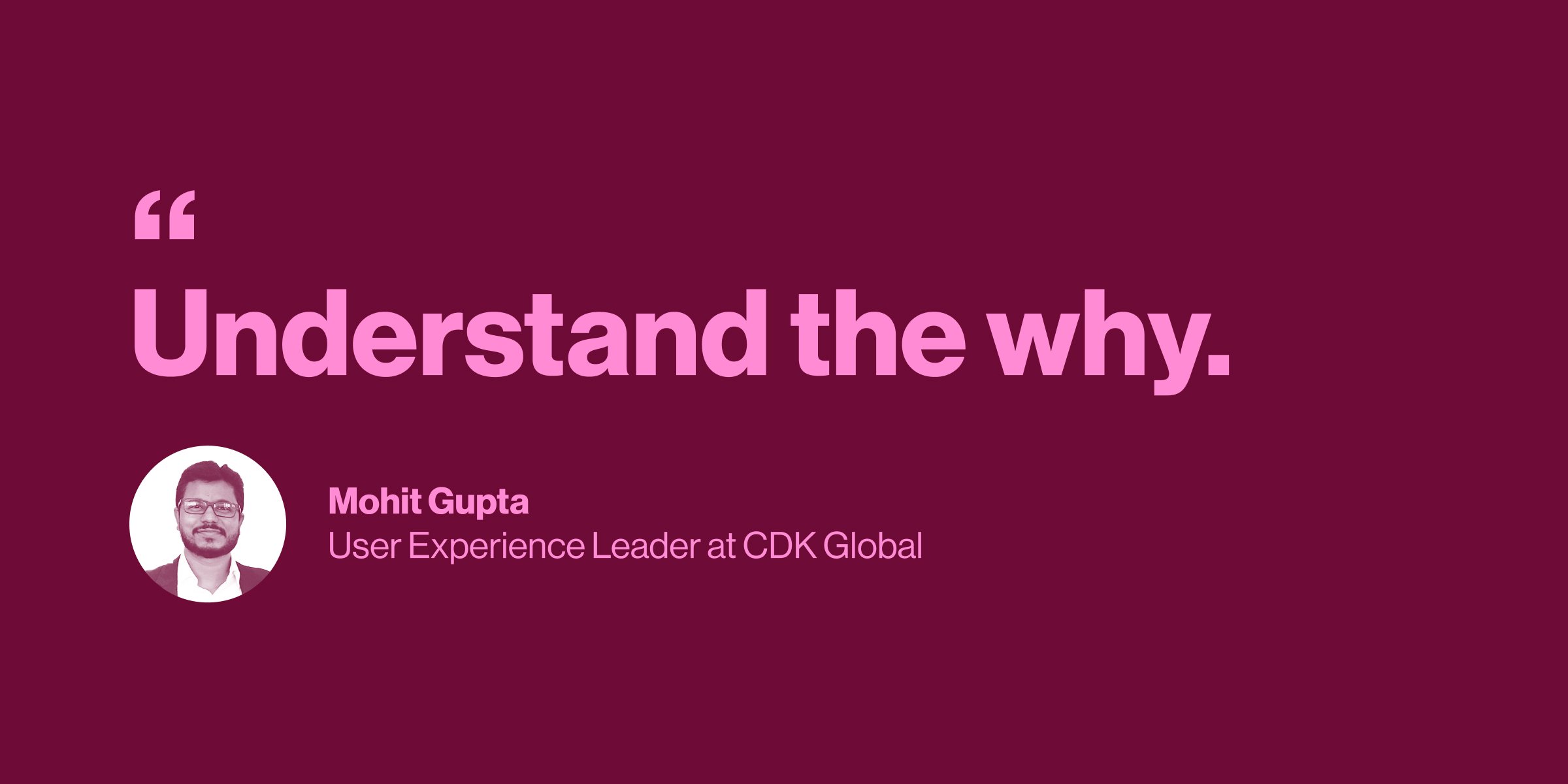
“Understand the why for what you’re doing in design. A lot of times, people think of a UX designer as the person who will crank out a lot of screens, and I won’t deny it: at the beginning of your career, you may have to do that, but at the same time, understand why you’re doing what you’re doing and how you can add value to the designs. It’s our responsibility as designers to explain that UX design is more than screens; screens are just the tip of the iceberg.”
—Mohit Gupta, User Experience Leader at CDK Global
Learn more at ConveyUX
Join us (along with these UX experts and more!) from February 27-29, 2024, for ConveyUX, Seattle’s UX conference, to sharpen your skills and learn from the brightest minds in the field. See you there!



